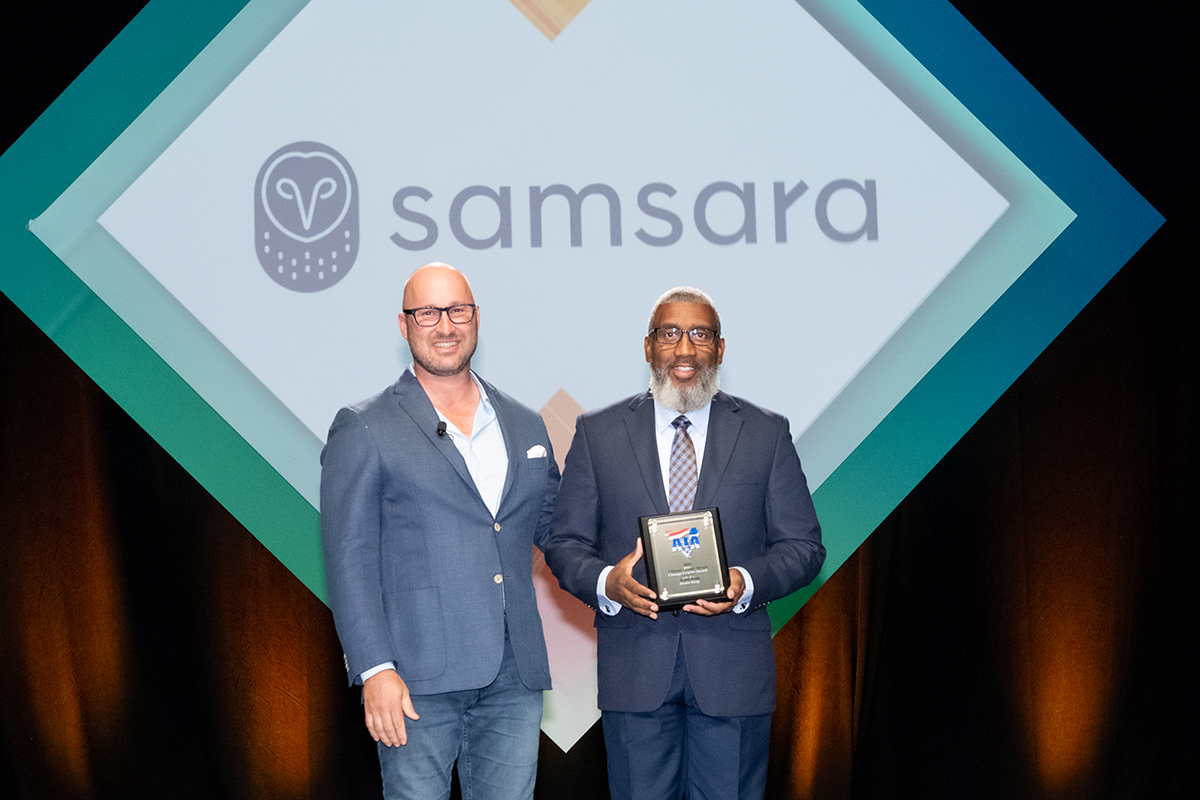In a white paper, released in October, J.B. Hunt concluded that shipping rates are expected to continue to increase in 2015. The report cited six key stresses on the industry: driver shortage and retention, tightening regulations/Hours of Service, capacity, railroad investment, rising equipment costs and falling productivity.
“The transportation industry faces many challenges in 2015 and beyond,” the white paper concluded. “As highlighted in this report, increasing recruiting expenses and mileage pay, truck and maintenance costs, preparation for future regulations on equipment, lost productivity due to new regulations and a precarious market capacity situation are all stressing forces. Shippers should prepare for significant cost recovery and network rationalization efforts from providers of both highway and intermodal services beginning in late 2014 and into 2015.”
The white paper did not estimate how much rates might go up, but it is likely the shipper will not absorb much of the increase, passing any additional shipping costs on to the consumer.
The paper predicted that the market will stay near tipping point because of the strength of demand.
“At best, seasonal peaks and any event which swells demand or degrades capacity will cause a series of short capacity crises. Another wave of regulations will likely hit in 2016 (including the electronic log mandate), potentially creating capacity concerns, thus making cooperative carrier relationships highly necessary.
The truckload sector cannot meet current demand as changing regulations, the driver shortage and underinvestment make capacity expansion unlikely, the Hunt paper pointed out.
“Projections for the full year show a slight softening and there may be greater capacity available for truckload in the second half of the year,” the paper noted. “However, current capacity trends are holding at 98 percent, just below the point of serious shortages. FTR Transportation Intelligence predicts the fragile balance to “continue until regulatory pressures increase again in later 2016.”
To read the white paper, visit J.B. Hunt’s website, www.jbhunt.com.


